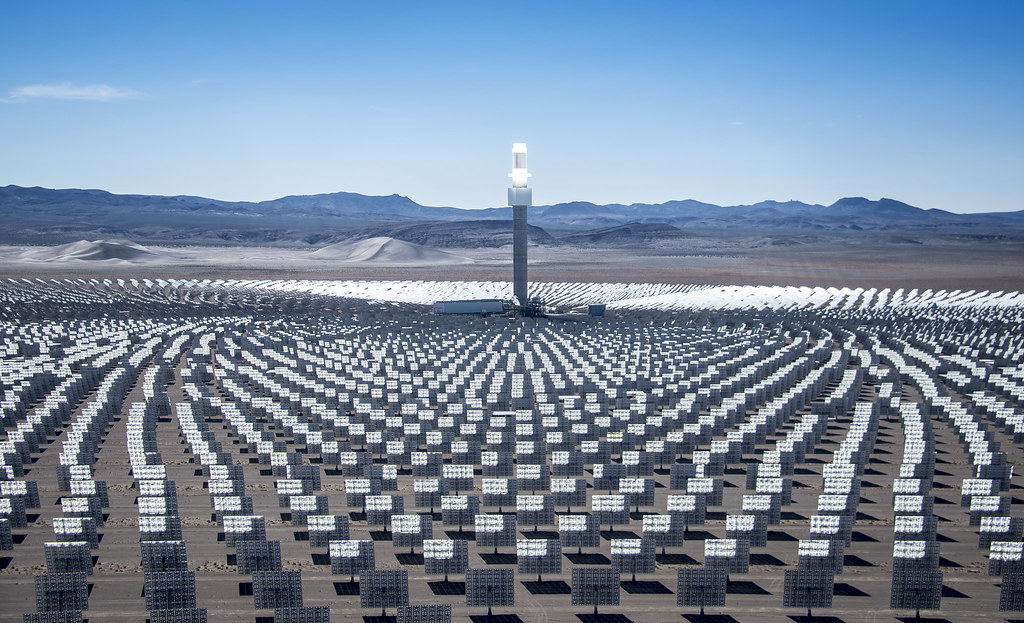180 GW of clean energy is a huge amount, but this is not enough. According to IEA estimates, this is about 60% of what is needed annually to achieve long-term climate goals. The agency stated that every year the world should be adding about 300 GW of renewable energy up to 2030. Then it will be possible to achieve the goals set out in the Paris Climate Agreement.
Last year, CO2 emissions rose by 1.7%, setting another record level of 33 gigatons. The demand for renewable energy sources is growing, and the demand for oil and gas is also increasing.
“The world cannot click on a “pause” with regard to the use of renewable energy sources. Governments must act quickly and remedy this situation by ensuring a faster flow of new projects. Thanks to lower costs, the competitiveness of renewable energy sources is not related to financial incentives. All they need is a stable policy, supported by long-term prospects and a desire to integrate renewable energy sources into energy systems in an economically optimal way. Unpredictable policies are detrimental to markets and jobs,” said IEA Executive Director Fatih Birol.
Over the past 4 years, the growth in the use of wind energy has slowed, while the growth in the use of solar energy has increased. In 2018, the situation differed in that the exponential growth of solar energy was smoothed out.
The reason for this is that the Chinese government has cut incentives for using solar energy to reduce costs and cope with the problems of integrating power systems, the IEA said. Nevertheless, last year, China increased its solar energy usage by 44 GW. This is a serious indicator compared with other countries, and is almost half the global figure of 97 GW. However, this is less than the volume of 53 GW that China installed in 2017.
Costs are being reduced, renewable energy is turning into the cheapest option for many markets, and this promises steady growth in the future. In the US, using wind and solar energy is now cheaper than operating coal-fired power plants in most parts of the country. In April, renewable energy volumes surpassed coal usage in terms of power generation. They accounted for 24% of the total compared with a 20% share of the coal market.
source: reuters.com
Last year, CO2 emissions rose by 1.7%, setting another record level of 33 gigatons. The demand for renewable energy sources is growing, and the demand for oil and gas is also increasing.
“The world cannot click on a “pause” with regard to the use of renewable energy sources. Governments must act quickly and remedy this situation by ensuring a faster flow of new projects. Thanks to lower costs, the competitiveness of renewable energy sources is not related to financial incentives. All they need is a stable policy, supported by long-term prospects and a desire to integrate renewable energy sources into energy systems in an economically optimal way. Unpredictable policies are detrimental to markets and jobs,” said IEA Executive Director Fatih Birol.
Over the past 4 years, the growth in the use of wind energy has slowed, while the growth in the use of solar energy has increased. In 2018, the situation differed in that the exponential growth of solar energy was smoothed out.
The reason for this is that the Chinese government has cut incentives for using solar energy to reduce costs and cope with the problems of integrating power systems, the IEA said. Nevertheless, last year, China increased its solar energy usage by 44 GW. This is a serious indicator compared with other countries, and is almost half the global figure of 97 GW. However, this is less than the volume of 53 GW that China installed in 2017.
Costs are being reduced, renewable energy is turning into the cheapest option for many markets, and this promises steady growth in the future. In the US, using wind and solar energy is now cheaper than operating coal-fired power plants in most parts of the country. In April, renewable energy volumes surpassed coal usage in terms of power generation. They accounted for 24% of the total compared with a 20% share of the coal market.
source: reuters.com





